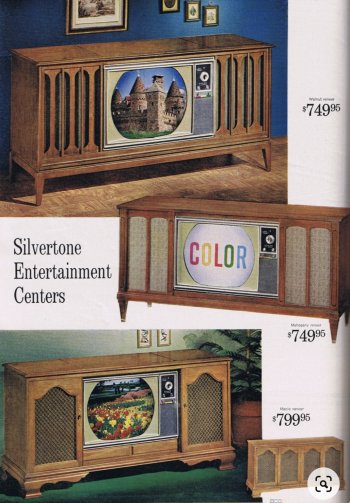I read all these threads that reference screen/display size with reference to the diagonal. I see this as a fairly useless measurement. In my opinion, it would be more useful to refer to screen size with a width by height measurement.
My reasoning is that height and especially width are more meaningful than a diagonal measurement. For example I like wider phones for the ease of typing That's my personal preference. An iPhone 8plus has a 5.7 inch diagonal screen and an iPhone 12 has a 6.1 diagonal inch screen. The 12 is actually narrower than the 8 plus. But the diagonal measurement doesn't disclose how wide or long the display is and can be useless or even deceptive as in the case above. Disclosing that the display in a width/height measurement tells me exactly the measurements that actually mean something.
What makes it even more useless is that aspect ratios differ from model to model
What's the point of using such a measurement? Why not use something that is much more descriptive and useful?
Thoughts?
My reasoning is that height and especially width are more meaningful than a diagonal measurement. For example I like wider phones for the ease of typing That's my personal preference. An iPhone 8plus has a 5.7 inch diagonal screen and an iPhone 12 has a 6.1 diagonal inch screen. The 12 is actually narrower than the 8 plus. But the diagonal measurement doesn't disclose how wide or long the display is and can be useless or even deceptive as in the case above. Disclosing that the display in a width/height measurement tells me exactly the measurements that actually mean something.
What makes it even more useless is that aspect ratios differ from model to model
What's the point of using such a measurement? Why not use something that is much more descriptive and useful?
Thoughts?




